
‘Best of Indonesia’ Two Centre Holiday
Asia, Indonesia
10 nights exploring Indonesia's fantastic reefs in Lembeh and...

4* Bohemian Gardens, Protaras – Cyprus
Cyprus, Europe
Diving in Protaras, Cyprus offers an enchanting underwater experience along the crystal-clear...

Arora Virgo, Maldives
Indian Ocean, Maldives
Arora Virgo, Maldives Liveaboard Welcome aboard the Arora Virgo, a 35-meter vessel purpose-built...
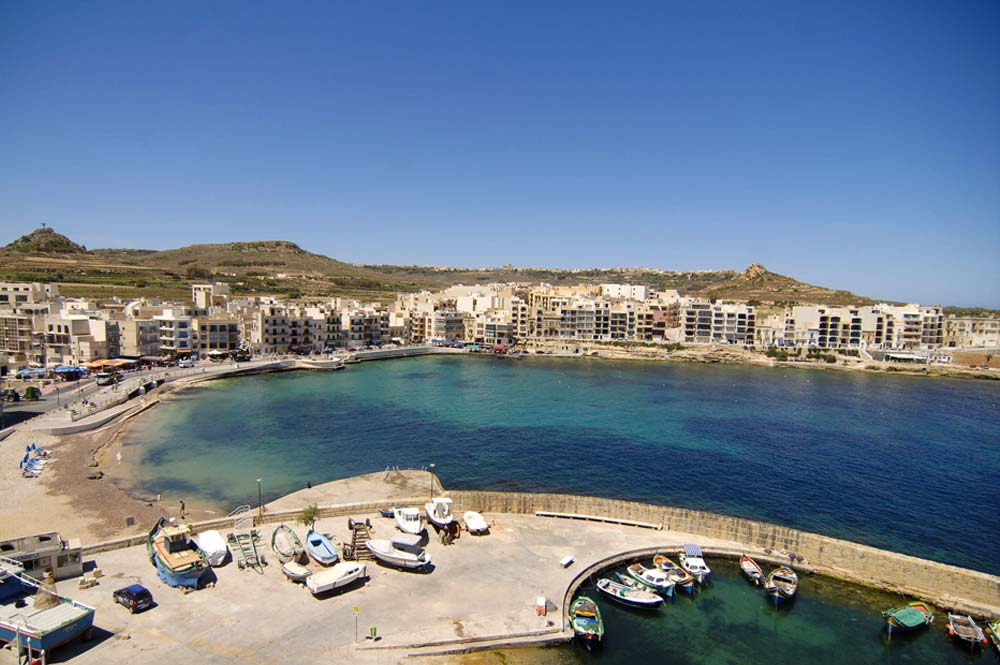
Atlantis Diving Holiday, Gozo
Europe, Malta
Atlantis, Marsalforn, Gozo If you want the best diving holiday in Gozo then our friends at Atlantis...

Bahamas Tiger & Great Hammerhead Shark Diving Holiday
Bahamas, Caribbean
Two Centre Island Holiday Welcome to the Bahamas, Caribbean The Bahamas are an ecological oasis...

Bandos Island Resort, Maldives
Indian Ocean, Maldives
In the middle of the Indian Ocean sits the island of Bandos. A picture-perfect paradise hidden away...
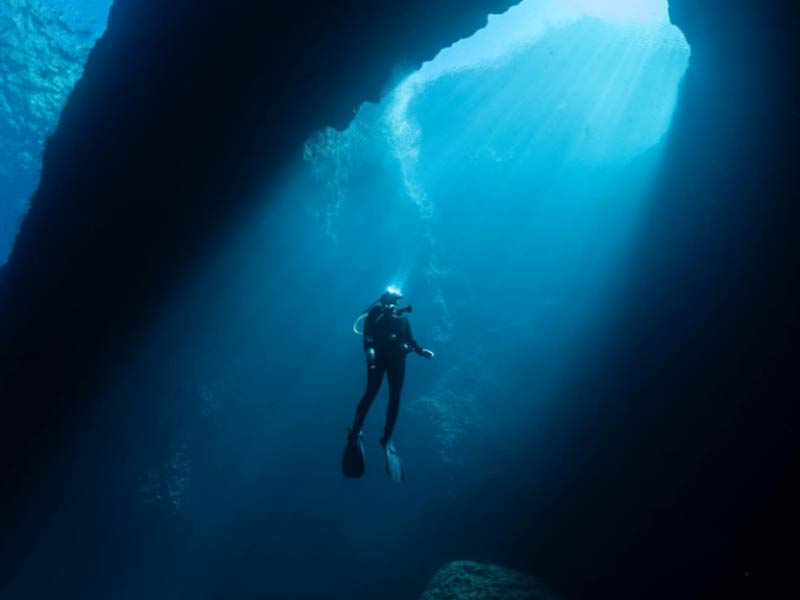
Best of Malta and Gozo Diving Holiday
Europe, Malta
Join us on one of our frequent group diving weekends to Malta. Suitable for new and experienced ...
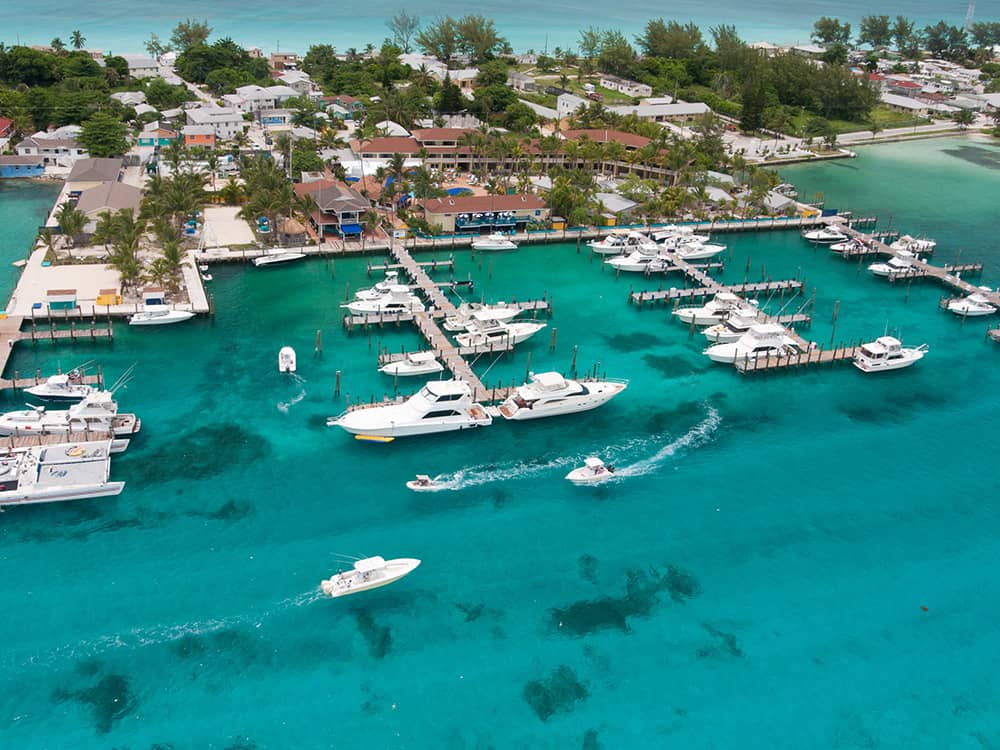
Bimini Big Game Club & Marina, Bahamas
Bahamas, Caribbean
The resort offers the best of the Bahamas whether you are taking a break from a fast-paced...
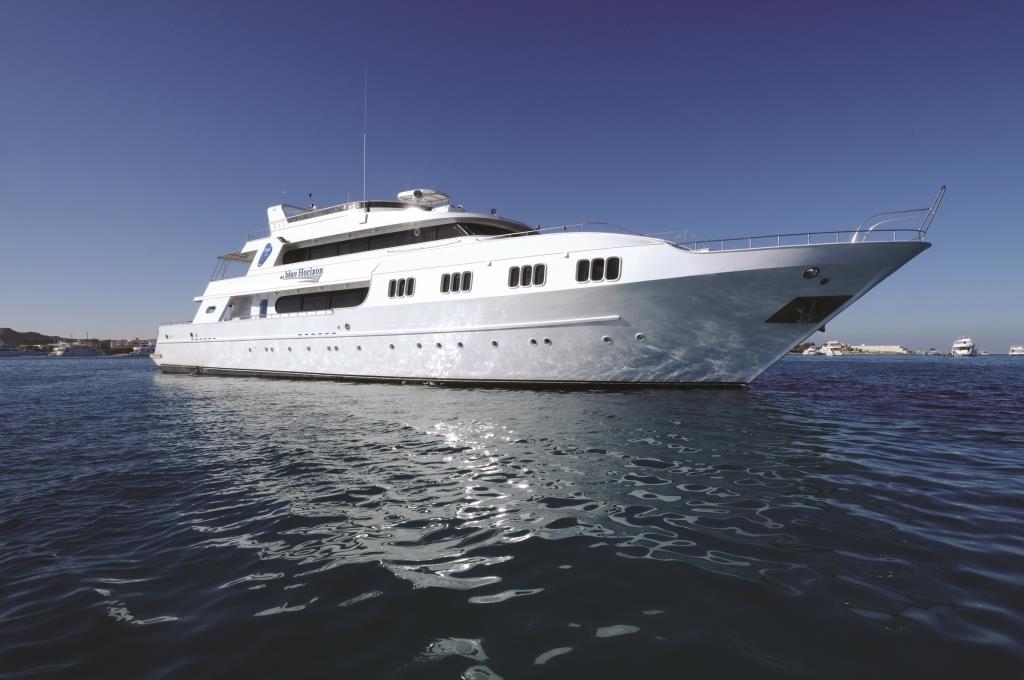
Blue Horizon
Red Sea
Blue Horizon, Red Sea The Red Sea is one of the world’s greatest diving destinations. Filled...

Blue Melody, Red Sea
Hurghada, Red Sea
M/Y Blue Melody is one of the most well-known liveaboards in the Red Sea and is operated by one of...

Blue Spirit, Maldives
Indian Ocean, Maldives
M/V Blue Spirit is the embodiment of a comfortable and traditional Maldivian diving liveaboard...
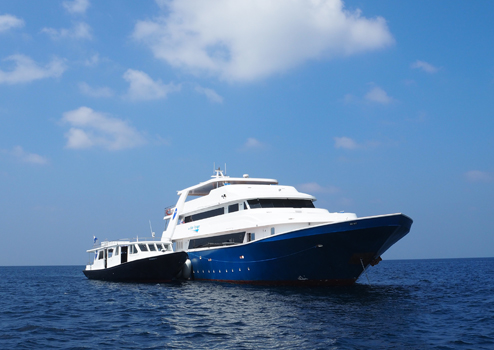
Blue Voyager, Maldives
M/Y Blue Voyager is a 37m, steel-hulled vessel that boasts three roomy double cabins and ten twin...
Explore the World’s Best Diving Destinations with Oyster Diving Holidays – Your Ultimate Scuba Adventure Awaits!”
At Oyster Diving, we offer the best scuba diving holidays around the world, tailored to suit your every need. Our expert travel consultants are here to guide you through every step of planning your dream diving getaway.
We specialise in luxury liveaboard experiences and have exclusive partnerships with top dive centres and resorts in some of the most unique diving destinations globally.
Whether you’re a beginner or an experienced diver, we curate bespoke packages that cater to all levels, including options for non-divers and family-friendly activities.
Let us craft the perfect scuba diving holiday for you, ensuring an unforgettable experience wherever you choose to dive.

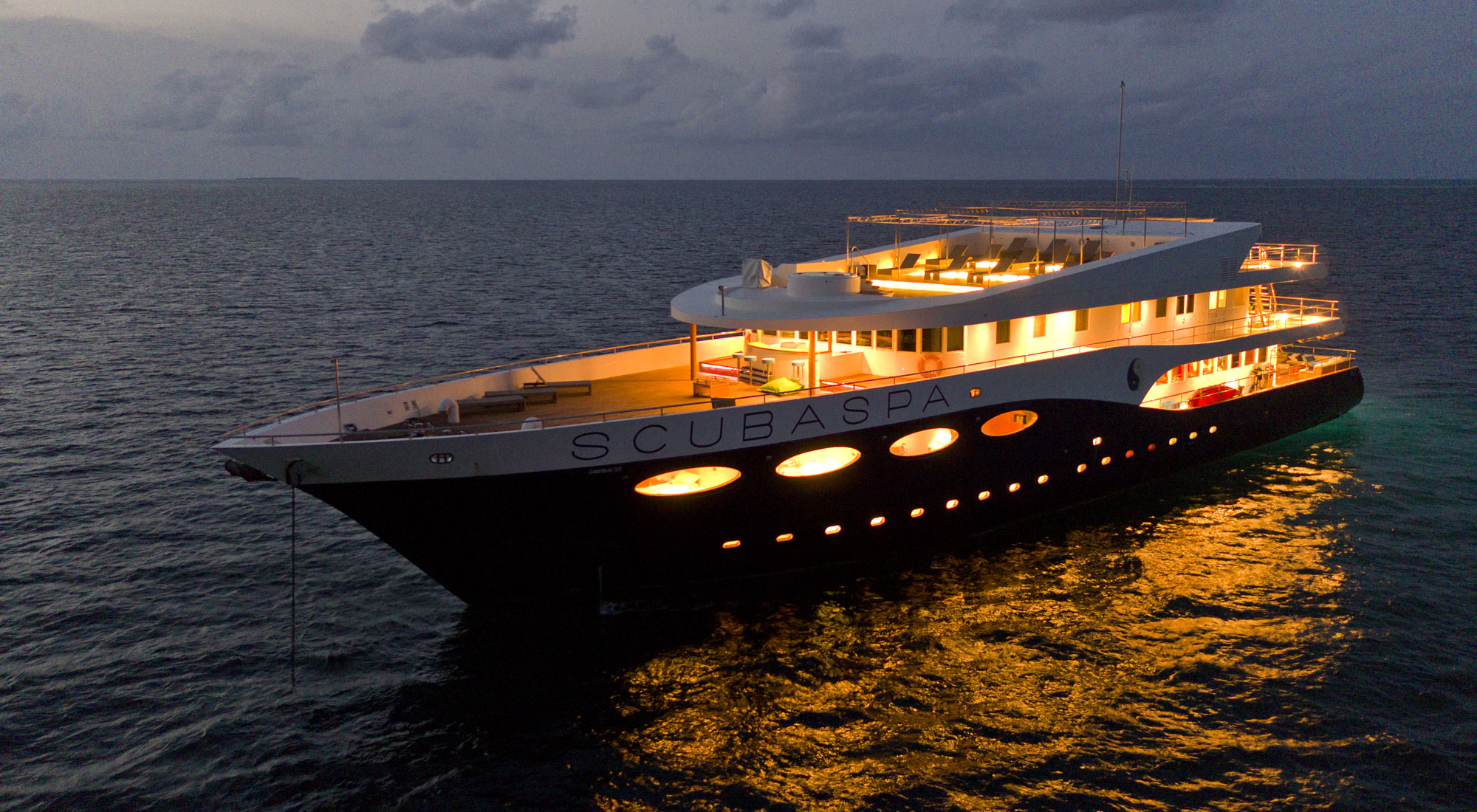
Book Your Scuba Diving Holiday And Get a FREE Pool Session
Book your scuba diving holiday with us and receive either a free pool or lake dive at any of our locations*. You can use this time to get comfortable back in the water and check your dive gear is in good working order!
*Spaces are subject to availability. To do the lake dive you must have dived within the last 12 months. Please mention this offer at the time of booking. Pool or lake dive must take place prior to your holiday. Does not include any instruction or courses. These are available for an additional cost. Oyster Diving and their instructors have the right to refuse entry to the water if they deem it unsafe for you to dive. All normal diving medical and liability forms will be supplied and must be satisfactorily completed.
Scuba Diving Holidays Around The World
Oyster Diving are a full financially bonded travel company. We can provide land based and liveaboard diving holidays around the world.
We have visited many of the locations ourselves so happy to offer our expert advice.
Whether you are looking for pristine coral reefs, historical wrecks or to dive with Mantas and Sharks, leave it to us to find you the perfect diving holiday!


Our Favourite Diving Holiday Destinations
Socorro – dive with giant mantas, sharks and whales
Galapagos – Dive with hundreds of hammerheads, whale sharks and Iguanas.
Red Sea – pristine coral reefs, variety of colourful marine life and easy to reach
Maldives – a tropical paradise with dive sites for all abilities. Great for spotting mantas and whale sharks
Malta – easy to reach, clear blue water and a wreck divers dream!
Find us on ATOL for your financial security and confidence #11991.



